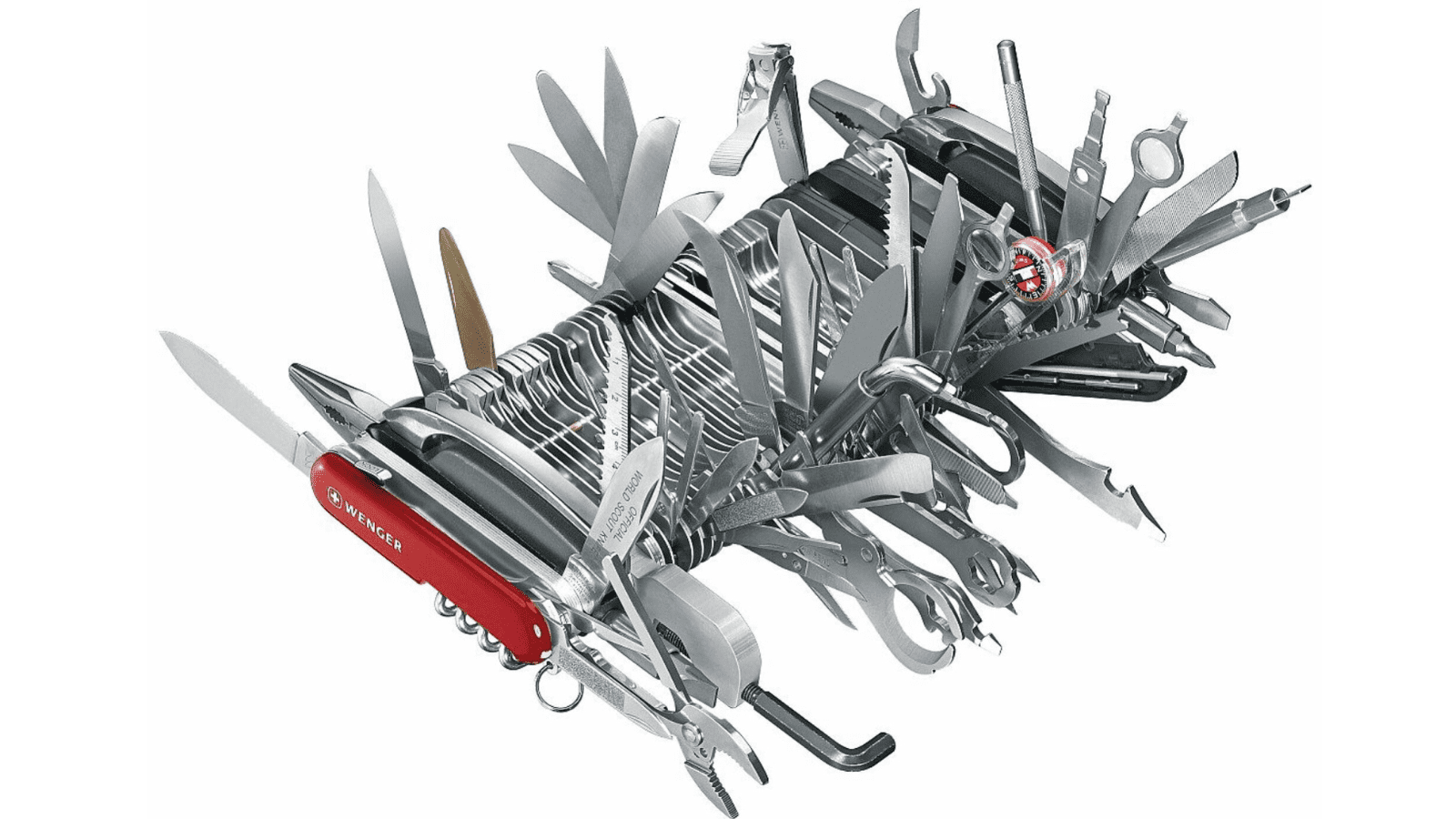
At the COO Forum®, we often have deep discussions about challenges facing our member COOs. During these discussions, we dig into the details so that our peer members can provide and receive the best possible insights and guidance.
We address fundamental questions such as, “What type of relationship do you have with your CEO?” and “How is your role defined?” While these questions may seem easy to answer, it is not uncommon for COOs to have an unclear picture.
Have you thought about why you were hired as COO?
Strategic misalignment, organizational friction, and even conflict can result with the lack of clarity in the COO role.
Nate Bennett and Stephen A. Mile’s seminal article in Harvard Business Review, “Second in Command: The Misunderstood Role of the Chief Operating Officer”, asserts that understanding why companies hire COOs can help define the type of COO needed and therefore, define the role.
The Seven Types of COO:
The Executor. This role is defined as the COO who has responsibilities to lead the execution of an organization’s strategies. It allows the CEO to focus on external commitments. The role is defined by the responsibility to deliver results on a day-to-day basis.
The Change Agent. Hired to lead the organization through a turn-around, major change, or rapid growth. In this role, the COO is given a similar, unquestioned authority to that of the Executor.
The Mentor. Often brought into an entrepreneurial situation when an inexperienced CEO (often a founder) needs the guidance and support from a more experienced industry veteran (COO).
The Other Half. Consider this a yin & yang scenario in which a COO is teamed with the CEO to complement the CEO’s experience and style. A famous example would be Bill Gates and Jon Shirley (brilliant and intimidating vs. calm and self-effacing).
The Partner. Sometimes called “co-leadership”, it is a variation on The Other Half, only there truly is a sharing of responsibilities here. Similar to a doubles team in tennis.
The Heir Apparent. As stated, this is when a COO is positioned to be groomed for the CEO role. While not always a guarantee, this type of COO role is most often promoted to CEO. The COO will learn the organization from a broader perspective.
The MVP. The COO in this role is just too valuable to lose. The role is created to retain top talent and can keep executives in the line-up for future promotion to the CEO role.
While the authors maintain that these roles are mutually exclusive, they also see scenarios in which a COO may fill two roles simultaneously, such as The Change Agent and The Heir Apparent.
Sometimes...

As COO Forum® member Deborah Lindsay highlights, sometimes there are issues, such as when a CEO - COO relationship doesn’t mesh or the business is going through a significant CEO challenge. In cases like these, you might find yourself in one of the following situations:
The Solo Synchronized Swimmer. This occurs when the CEO and COO are disconnected and no longer functioning as a team. Think of being in the pool and doing those fancy swim moves but you’re isolated; it doesn’t appear anyone else is in the pool with you. While the CEO might be focused on investors, sales, or otherwise MIA, the COO is working solo.
The Hurricane Shelter. Sometimes a significant upheaval in the business requires a COO to hold the company together, perhaps during a legal challenge, loss of faith in the CEO by the board, or other ownership issue.
The Placeholder. This often happens when a situation pushes the organization to pursue an executive search for either the CEO or COO. Little collaboration occurs.
Don’t wait, define your type.
Regardless of the type of COO you are, knowing your type, and more importantly, having a clearly agreed upon definition, can make the difference in your relationship with your CEO!
Clarity is imperative!

